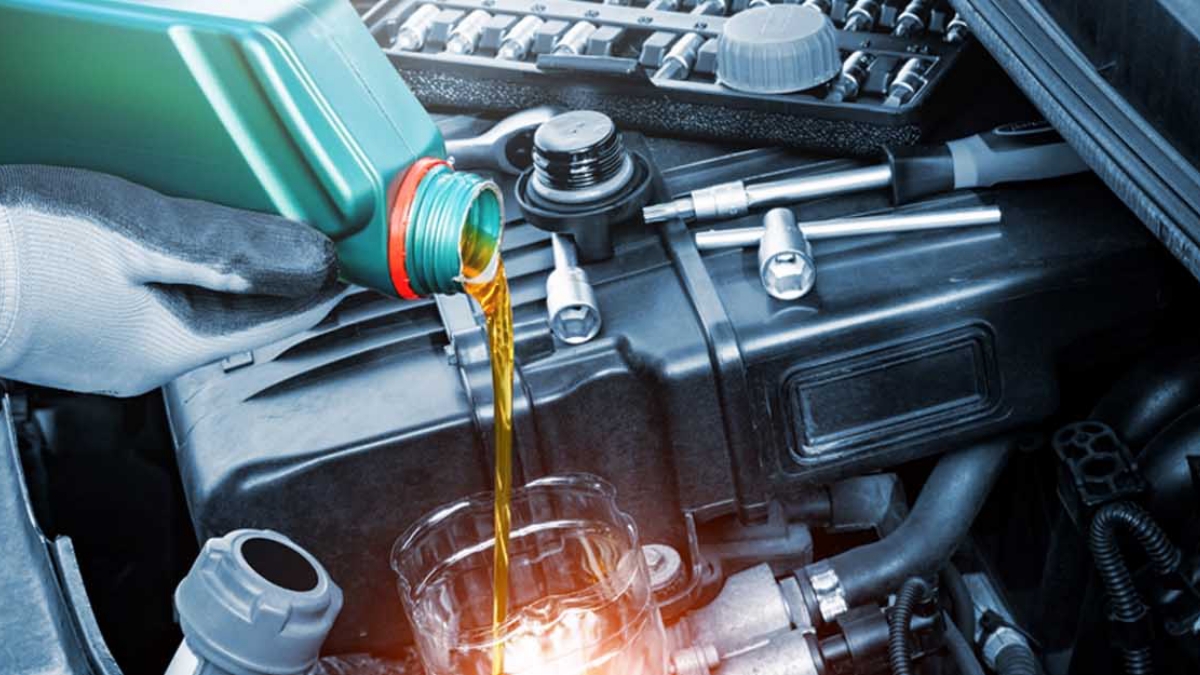A new car owner is rarely concerned about the condition of the gearbox. However, with age, transmissions, especially automatic ones, will require maintenance for proper operation. The frequency of oil changes is specified in the car owner’s manual, and the terms must be strictly observed. But even if the manufacturer’s regulations do not include requirements for changing the oil, it is still not eternal – it is highly advisable to change it periodically. On average, once every 30-50 thousand miles. The Indy Auto Man Indianapolis dealership’s experts have described the features of this procedure for each type of gearbox.
Contents
Changing the oil in robotic gearboxes
Robotic gearboxes with an electromechanical control system are the least demanding on oil and, therefore, have the longest replacement interval (up to 60 thousand miles). For example, the 6-speed Getrag 6DCT250 preselective ones are used by Ford, and the Korean 7-speed 7DCT gearbox is used by Hyundai/Kia. The oil in these cars is used solely for lubricating the gearbox, so its cleanliness isn’t critical, and maintenance is the same as for cars with manual transmissions.
In robotic gearboxes with a hydraulic control system, the requirements for oil are higher, and it needs to be changed more often. Especially if the oil circuit is a single one for the gearbox and control parts (mechatronics). In this case, all wear products can get into the hydraulic unit of the control system and disable valves or solenoids. The 6-speed Getrag 6DCT450 on Ford and Volvo cars or the DSG DQ500 unit on Volkswagens have such design, where it is recommended to change the oil after 25-30 thousand miles.
Robotic gearboxes with a hydraulic control system are less vulnerable – they use a separate and independent oil circuit for the actuator. In such transmissions, including the 7-speed preselective DQ200 common in many front-wheel-drive Volkswagen and Skoda cars, you should change oil every 40,000 miles. This transmission uses two different oils for the actuator and the gearbox.
Changing the lubricant in robots is usually simple: the units have drain and filler holes. Therefore, it can be performed independently – in an inspection pit or on a lift. However, after changing the oil, some gearboxes require adaptation, using a computer and special software.
How to change the oil in an automatic transmission
Depending on the unit design, the oil change in automatic transmission will require special equipment and knowledge of the technological nuances of the process, from a complicated method of draining used oil to filling. The process includes a multi-stage algorithm for monitoring a strictly defined temperature and oil level. So, it is better to entrust the oil change in modern hydromechanical gearboxes to professionals at a service station.
The best way to update the oil on a scheduled basis is to completely replace it using an installation that, under pressure, displaces the old fluid along with worn products and fills the box with fresh lubricant.
Garage services practice a cheaper, partial fluid change. The oil is drained through the plug or by removing the pan and then replenished with a fresh portion to the required level. This method usually results in a 40 to 70 percent renewal of the total oil volume. Accordingly, the service interval must be reduced by half at least.
How to change the oil in a CVT
Replacing a special working fluid in V-chain and V-belt variators of different manufacturers is no different from changing the oil in traditional automatic transmission. The procedure can be a complete hardware exchange or partial. It is also vital to update filters, check the oil level, and top it up if necessary at a certain temperature.
Summing up
- Oil in any automatic transmission loses its original characteristics over time and ages quickly from overheating.
- While official regulations might not mandate oil changes, it’s still necessary to update it eventually.
- Robotic gearboxes with an electromechanical control system are the least demanding of oil change.
- It is better to entrust oil changes in modern automatic transmissions and CVTs to professionals with specialized equipment.

